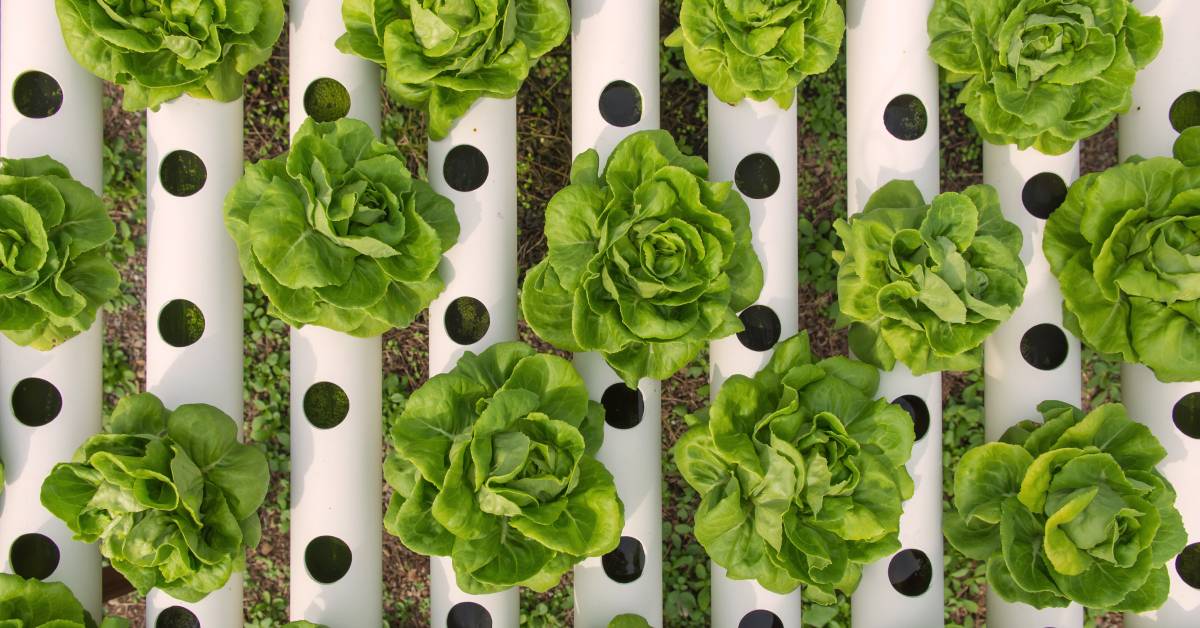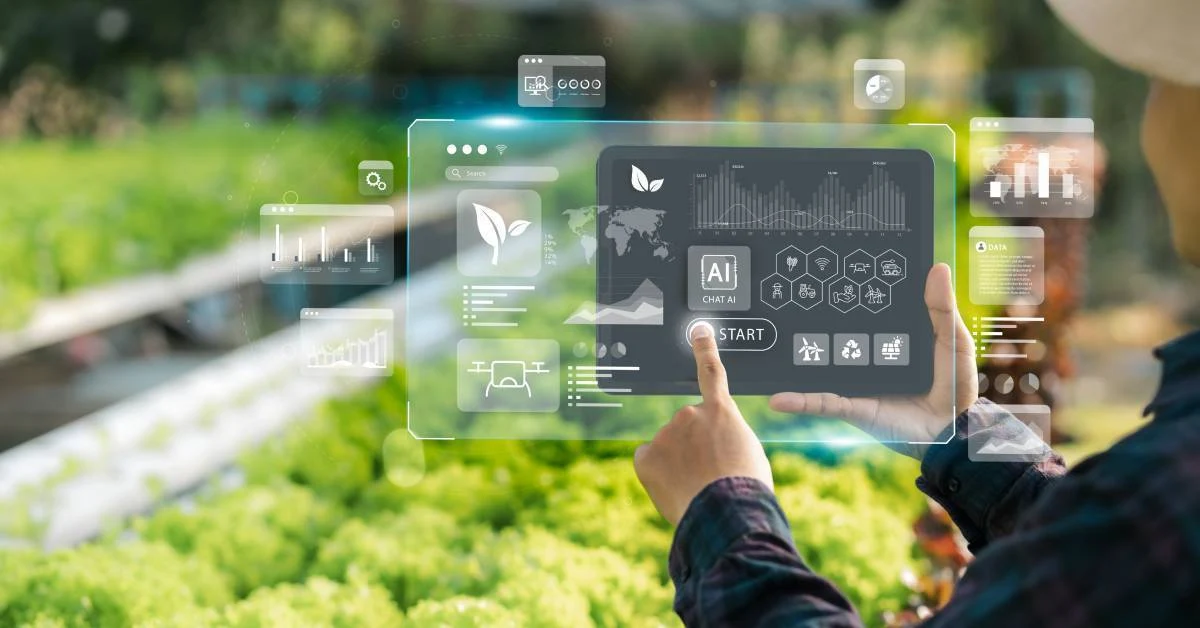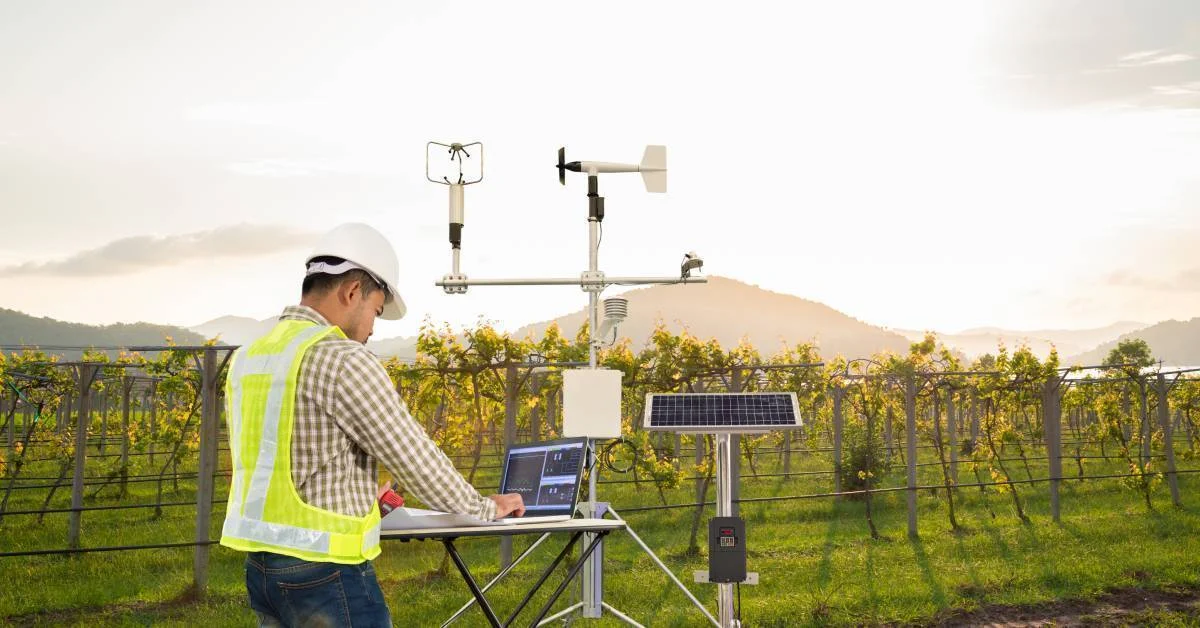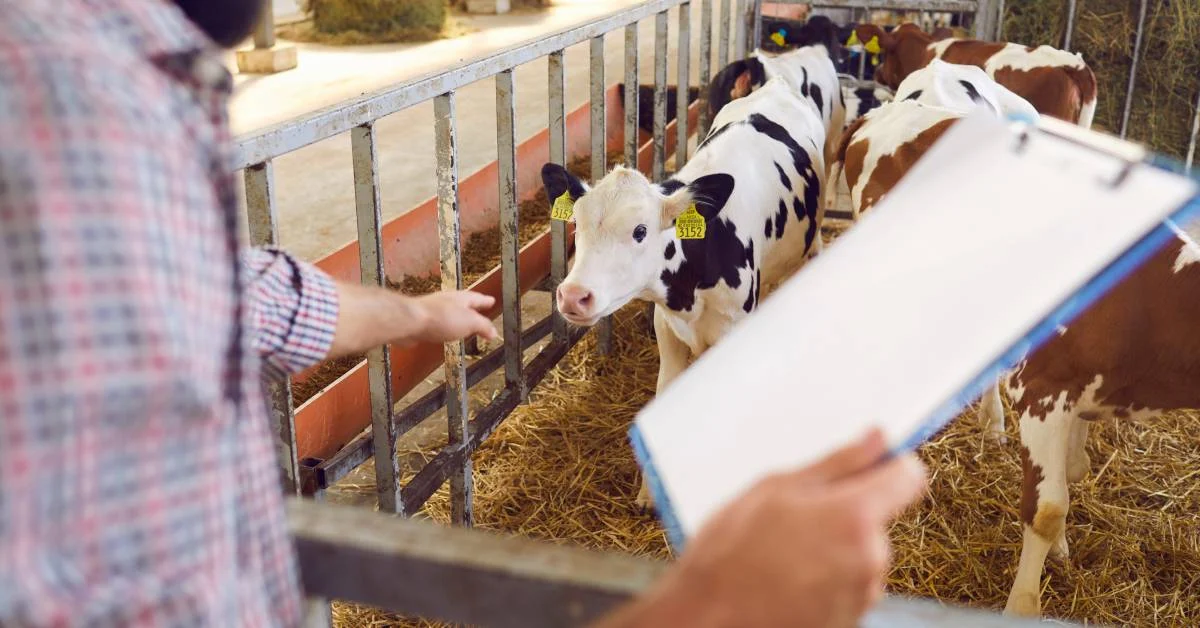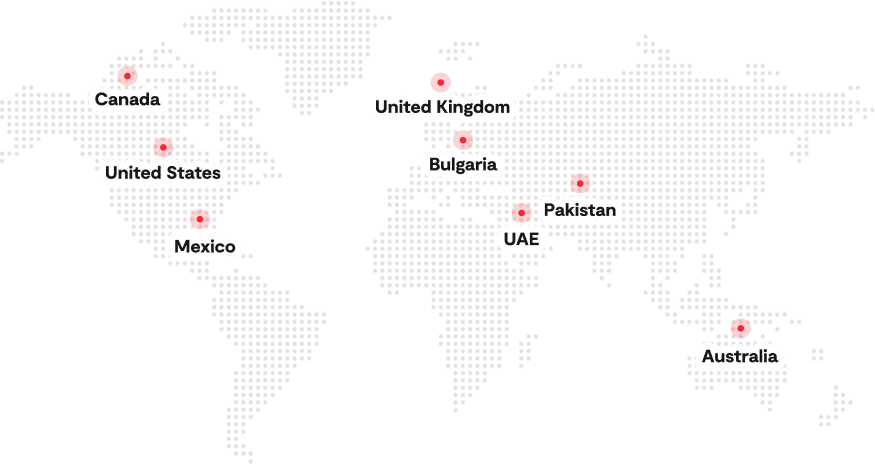In 2025, the global food industry is under immense pressure to produce more with less. Rising populations, shrinking arable land, and the increasing impact of climate change have made sustainable farming methods more critical than ever. Among the innovative solutions gaining traction is the hydroponic greenhouse, a hybrid approach that combines the controlled environment of a greenhouse with soil-free hydroponic growing systems.
This model allows farmers to grow crops year-round, using significantly less water and land while delivering higher yields and better quality produce. In fact, studies show that hydroponic cultivation consumes water amounts that are seven times lower than conventional greenhouse production and about four times lower than open-field farming. By eliminating soil, hydroponic greenhouses reduce the risks of pests and soil-borne diseases, making them highly efficient and resource-friendly. For urban agriculture and regions facing water scarcity, they represent a practical path forward.
The importance of hydroponic greenhouses goes beyond efficiency. They also play a vital role in food security, helping farmers and agribusinesses maintain a consistent supply despite unpredictable weather and labor shortages. For investors and operators, the profitability and scalability of this system are equally attractive. In this blog, we’ll break down the pros and cons of hydroponics in greenhouses, compare them with traditional systems, and explore how innovative technologies are reshaping their future.
What Is a Hydroponic Greenhouse?
A hydroponic greenhouse is a modern farming setup and a type of greenhouse farming setup that combines the protective environment of a greenhouse with soil-free hydroponic cultivation. Unlike traditional greenhouses, where plants are usually grown in soil, hydroponics relies on nutrient-rich water solutions to deliver essential minerals directly to plant roots. This approach eliminates soil-related challenges such as pests, weeds, soil fertility, and inconsistent nutrient delivery, making crops more resilient and uniform.
In practice, greenhouse hydroponics integrates carefully designed systems that circulate water, oxygen, and nutrients with precision. The most common methods include:
- Nutrient Film Technique (NFT): A thin film of nutrient solution flows continuously over plant roots, ensuring constant feeding.
- Drip Systems: Nutrient solution is dripped directly to each plant’s root zone, allowing controlled delivery and minimal waste.
- Ebb and Flow (Flood and Drain): Root zones are temporarily flooded with nutrients, then drained, balancing oxygen and nutrient uptake.
- Deep Water Culture (DWC): Plant roots are suspended in oxygenated nutrient solutions, enabling fast growth and high yields.
Each system has unique strengths, but all share a key advantage: higher efficiency in resource use compared to soil farming.
The role of hydroponics in greenhouses extends well beyond productivity. These systems make year-round farming possible in climates where traditional agriculture struggles. They also enable vertical and urban farming projects, helping bring fresh produce closer to consumers while reducing food miles. For commercial growers, the predictability of hydroponic greenhouse farming means fewer losses, more consistent yields, and the ability to meet rising demand for sustainable, high-quality food.
By merging controlled environment agriculture with advanced hydroponic systems, hydroponic greenhouses represent a pivotal step toward the future of farming.
The Pros of Hydroponic Greenhouses
A hydroponic greenhouse offers multiple advantages over traditional soil-based farming, making it an increasingly attractive option for both commercial growers and urban agriculture projects. Below are some of the benefits of greenhouses using hydroponics that explain why this model is gaining global momentum.
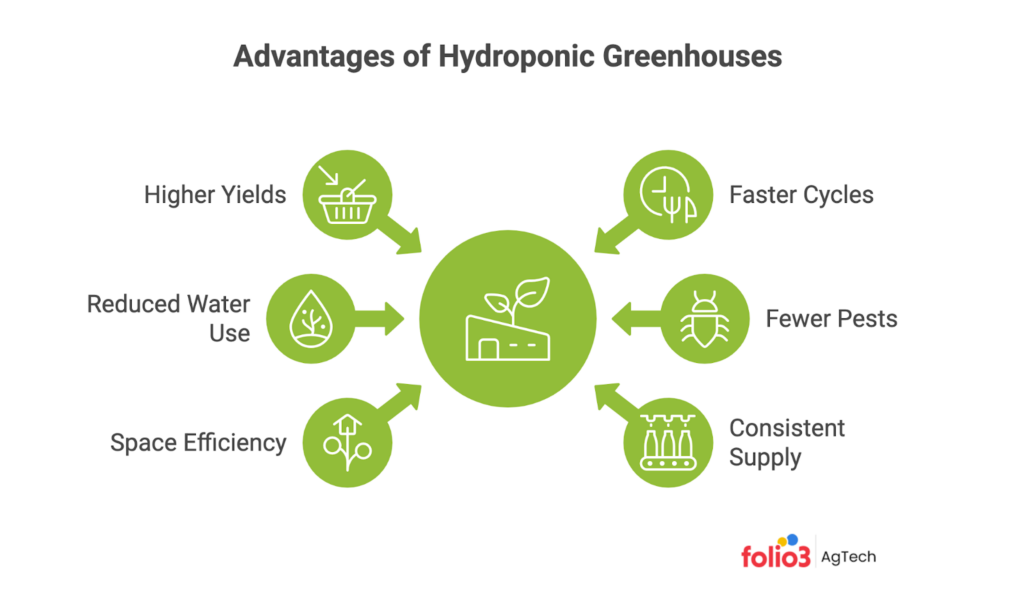
Higher Yields per Square Foot
One of the biggest benefits of hydroponic greenhouses is their ability to produce significantly higher yields in the same amount of space. By supplying nutrients directly to plant roots, crops grow faster and more efficiently. Combined with controlled conditions inside a greenhouse, this leads to healthier plants and greater harvest volumes per square foot compared to open-field farming.
Faster Crop Cycles
Hydroponics accelerates plant growth because crops don’t need to expend energy searching for nutrients in soil. In a greenhouse setup, where temperature, humidity, and lighting are managed, this efficiency is amplified. As a result, growers can complete more crop rotations per year, increasing profitability and ensuring a steady stream of fresh produce.
Reduced Water Use
A hydroponic greenhouse recycles water through closed-loop systems, cutting down on waste. On average, hydroponic setups use up to 90% less water than traditional farming, highlighting the modern farming and irrigation systems and their benefits. This efficiency makes them especially valuable in regions with limited water resources or in countries facing recurring droughts.
Fewer Pests and Diseases
Because hydroponic greenhouses eliminate soil, they also eliminate many soil-borne pests and diseases. This controlled environment agriculture reduces exposure to external threats, lowering the need for organic control of pests and improving food safety. Fewer chemical inputs also mean cleaner produce and lower environmental impact.
Space Efficiency and Urban Farming Potential
Hydroponic systems can be stacked vertically or installed in compact spaces, making them ideal for urban settings where land is limited. This opens opportunities for city-based farming projects, rooftop gardens, and vertical farms that bring food production closer to consumers while reducing transport costs and emissions.
Consistent Supply and Better Quality
The most valuable advantage of hydroponic greenhouses is consistency. Growers are not at the mercy of unpredictable weather or seasonal changes. With proper monitoring, they can maintain steady production year-round, ensuring reliable supply chains. At the same time, controlled nutrient delivery results in uniform produce quality that meets consumer and retailer standards.
In short, the pros of hydroponics in greenhouse systems go far beyond yield improvements. They encompass sustainability, efficiency, and the ability to deliver fresh, high-quality produce at scale. For farmers and agribusinesses looking to future-proof operations, the hydroponic greenhouse stands out as one of the most promising farming solutions available today.
The Cons of Hydroponic Greenhouses
While the hydroponic greenhouse offers many advantages, it also comes with challenges that growers must carefully evaluate before investing. Below are some of the key cons of hydroponics that highlight why it may not be the right fit for every situation.
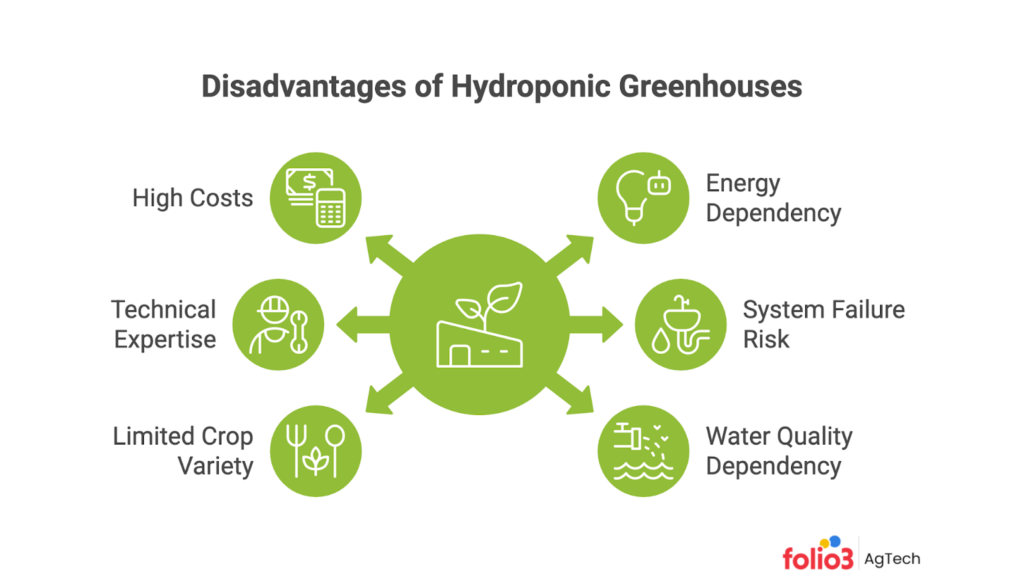
High Setup and Operational Costs
One of the most significant drawbacks of hydroponic greenhouses is the upfront investment. From greenhouse construction to pumps, sensors, nutrient delivery systems, and grow lights, the initial setup can be far more expensive than traditional soil farming. In addition, operational costs for maintenance, nutrient solutions, and utilities add up quickly, making the business model more suited to commercial-scale growers with access to capital.
Energy Dependency
Hydroponic greenhouses rely heavily on energy to regulate temperature, humidity, and lighting. Supplemental LED grow lights are often required, especially in areas with low natural sunlight. This dependency raises operating expenses and creates sustainability concerns, particularly in regions where electricity is expensive or dependent on nonrenewable energy sources.
Technical Expertise Required
Unlike soil farming, where plants draw from natural processes, hydroponic systems demand precise monitoring and intervention. Growers must understand nutrient formulations, pH balance, system calibration, and troubleshooting to avoid costly mistakes. The steep learning curve can be a barrier for small-scale or new farmers unfamiliar with advanced agricultural technology.
Risk of System Failure
A hydroponic greenhouse operates on interconnected systems. If a pump fails, water flow is disrupted, or contamination enters the shared nutrient solution, crops can suffer significant damage in a short time. Diseases spread quickly through water systems, potentially wiping out entire crops. This level of risk requires backup systems, vigilant monitoring, and rapid response strategies.
Limited Crop Variety
Although hydroponics works exceptionally well for leafy greens, herbs, and some fruits, it is less suitable for crops with deep root systems or large growth requirements, such as wheat, corn, or root vegetables. This limitation reduces crop diversity, which can make it harder for growers to expand their portfolios or serve broader markets without combining hydroponics with other farming methods.
The cons of hydroponics should not discourage innovation but rather highlight the careful planning required for success. Hydroponic greenhouses thrive when backed by the right resources, expertise, and management strategies. For businesses that can overcome these challenges, the rewards can outweigh the risks. However, for others, the costs, risks, and limitations may make traditional or hybrid farming approaches more practical.
Water Quality Dependency
Hydroponic greenhouses depend entirely on water as the growing medium, which makes water quality critical. If the water source contains pathogens, heavy metals, or chemical residues, it can directly affect plant health and yields. Unlike soil, which can buffer some contaminants, poor water quality in hydroponics can quickly compromise the entire system, requiring costly filtration, treatment, or testing protocols.
Comparing Hydroponic Greenhouses vs. Traditional Greenhouses
When evaluating modern farming methods, one of the most common questions growers ask is how greenhouse hydroponics compares to traditional soil-based greenhouses. Both approaches protect from external conditions and extend growing seasons, but they differ significantly in setup, operation, and outcomes. A hydroponic greenhouse is often seen as the more innovative model, while soil-based systems remain practical in many contexts. Below is a side-by-side comparison to highlight where each approach excels.
| Factor | Hydroponic Greenhouse | Traditional Greenhouse |
| Inputs | Requires nutrient solutions, pumps, sensors, and monitoring | Relies on soil fertility, amendments, and irrigation |
| Setup & Cost | High initial investment and ongoing energy costs | Lower setup cost, moderate input costs |
| Yield Potential | Higher yields per square foot, faster crop cycles | Moderate yields, slower cycles |
| Water Use | Highly efficient, recycles water, up to 90% savings | Higher water use, subject to soil retention limits |
| Maintenance | Requires technical expertise and system calibration | Easier for growers familiar with soil practices |
| Crop Suitability | Best for leafy greens, herbs, and some fruits | Can handle a wider variety, including root crops |
| Risk Factors | Vulnerable to system failures and disease spread in water | More resilient to individual plant losses |
| Scalability | Suitable for urban, vertical, and controlled-scale farming | Practical for rural, lower-budget setups |
In summary, hydroponics in greenhouse environments offers efficiency, higher yields, and sustainability benefits, but at the cost of higher complexity and investment. Traditional greenhouses, while less advanced, remain a cost-effective option for many growers and crops. The right choice depends on resources, target markets, and the grower’s readiness to manage technology. For many, a hybrid approach may be the most practical path forward.
Step-by-Step Guide: Setting Up a Hydroponic Greenhouse
Building a hydroponic greenhouse requires careful planning from the ground up. While the technology promises higher efficiency and yields, success depends on making the right choices at each stage. Here’s a simple step-by-step guide to get started:
1. Select the Right Site
Before system design, location is key. Choose a site with access to water, reliable electricity, and good transportation links for distribution. Ensure the land has proper drainage, stable ground, and zoning approval for greenhouse operations.
2. Choose the Right Hydroponic System
The foundation of your greenhouse begins with the system design. Options include nutrient film technique (NFT) for leafy greens, deep water culture (DWC) for fast-growing crops, or drip systems for flexibility across multiple plants. The system you select should match your target crop, budget, and management capacity.
3. Plan for Water, Nutrient, and Energy Needs
Hydroponics relies on a controlled delivery of water and nutrients. This means calculating water availability, designing nutrient dosing schedules, and ensuring a reliable energy source for pumps, lights, and climate controls. Many growers incorporate backup systems to avoid interruptions that could damage crops.
4. Design for Scale and Crop Type
A small test greenhouse may work for herbs or lettuce, but scaling up requires considerations like crop spacing, vertical stacking, and workflow efficiency. Align your design with your long-term production goals and market demand to ensure the greenhouse can grow with your business.
5. Integrate Smart Systems From Day One
Smart tools such as IoT sensors, automated dosing, and climate control should be built into the greenhouse design rather than added later. This integration ensures consistent monitoring and helps optimize productivity from the start.
By following these steps, growers can create a hydroponic greenhouse that is efficient, scalable, and resilient. Starting with a strong plan reduces risks and maximizes the return on investment over time.
How Smart Systems Are Changing Hydroponic Greenhouses
The future of farming is not only about growing without soil, but also about making smarter decisions powered by data. In 2025, smart technologies are transforming how the hydroponic greenhouse operates, allowing growers to achieve higher efficiency, reduce risks, and scale sustainably.
IoT Sensors and Real-Time Monitoring
At the heart of modern hydroponics in greenhouse environments are IoT sensors. These tools track critical variables like nutrient concentration, water pH, electrical conductivity (EC), and climate conditions. Instead of relying on manual testing, growers receive real-time alerts and dashboards that help them correct imbalances before they affect yields.
AI-Driven Automation and Predictive Analytics
Artificial intelligence is taking monitoring a step further by driving automation. Systems now predict irrigation schedules, nutrient dosing, and ventilation needs based on historical data and weather forecasts. Predictive analytics also help anticipate issues like disease outbreaks or energy spikes, giving farmers a chance to act before problems escalate.
Integration With Farm Management Platforms
Smart hydroponic systems are no longer standalone setups. They increasingly connect with broader farm management platforms to provide a complete picture of operations. Solutions like the Greenhouse Management Software by Folio3 AgTech bring harvest tracking, crew management, and logistics into the same ecosystem, ensuring greenhouse operations align with wider business goals.
Energy Efficiency and Sustainability
One of the criticisms of hydroponics has been its dependence on energy. Smart systems are addressing this with tools like automated LED dimming, energy consumption trackers, and renewable integration. These advancements lower operational costs while helping farms meet sustainability and compliance targets.
Real-World Adoption
Across the world, hydroponic greenhouses equipped with smart systems are already delivering results. Urban farms are producing leafy greens year-round with minimal water. Commercial growers are using predictive algorithms to align harvest volumes with market demand, reducing waste and improving profitability. The shift is clear: farms that adopt smart systems are more resilient, more efficient, and better prepared for the challenges ahead.
Smart systems are no longer a luxury but a necessity for growers who want to stay competitive. By combining the precision of hydroponics with the intelligence of digital tools, the hydroponic greenhouse is being redefined as a model of sustainable and profitable farming.
How Folio3 AgTech Supports Smart Hydroponic Greenhouses
The hydroponic greenhouse offers enormous potential for efficient, high-yield farming, but managing its complexity requires the right technology. Folio3 AgTech’s Greenhouse Management Software helps growers stay in control with tools that simplify nutrient monitoring, climate management, and yield forecasting. By automating key processes, farmers can maintain consistency, reduce waste, and scale operations with confidence.
Key features include:
- QR/Barcode Batch Tracking – Track individual crop batches for precise traceability and harvest-level auditing.
- Space & Facility Layout Planning – Digitally map grow zones, benches, and layouts to optimize space and crop placement.
- Pest & Scouting Workflows (IPM) – Log pest sightings, assign treatments, and monitor thresholds with IPM-aligned workflows.
- Lab Testing Integration – Import lab data for substrate, water, or tissue analysis to guide fertigation plans.
- Fertigation Scheduling & Monitoring – Automate nutrient delivery with full logging, dosing integration, and alerts.
- Harvest Forecasting & Yield Analysis – Predict yields based on crop cycles, environmental data, and historical trends.
- Sensor & Climate Data Integration – Capture real-time data on temperature, humidity, CO₂, and light for optimization.
- Task Scheduling – Assign and track greenhouse tasks with scheduling tools and labor-hour logging.
- Mobile & Offline Functionality – Update crop data and task logs via mobile app, even without connectivity.
Together, these capabilities streamline operations, cut down on errors, and reduce reliance on manual labor. With Folio3 AgTech, growers transform a hydroponic greenhouse into a smarter, data-driven ecosystem that supports profitability and long-term sustainability.
Conclusion
Hydroponic greenhouses are transforming farming by combining controlled environments with soil-free systems. They offer higher yields, better efficiency, and sustainable production, but also come with challenges like setup costs and energy use.
Smart technologies are helping farmers overcome these hurdles. With tools such as Folio3 AgTech’s Greenhouse Management Software, growers can optimize resources, reduce risks, and improve profitability. At its core, the hydroponic greenhouse is more than an innovation; it’s a long-term solution for food security and resilient farming.
FAQs
Can You Do Hydroponics in a Greenhouse?
Yes, hydroponics can be successfully done in a greenhouse. Combining controlled environment systems with soil-free growing allows farmers to manage light, temperature, humidity, and nutrients more precisely, resulting in higher yields and consistent quality.
What Is the Biggest Disadvantage of Hydroponics?
The biggest disadvantage is the high setup and operational cost. Hydroponic greenhouses require investment in equipment, climate control, and technical knowledge, which can be a barrier for smaller farms.
Does Hydroponics Use a Lot of Electricity?
Hydroponics itself doesn’t use much electricity, but when paired with a greenhouse, energy use can increase significantly. Lighting, pumps, heating, and cooling systems all contribute to higher energy demand, making efficiency planning essential.
What Is the Most Profitable Plant to Grow Hydroponically?
High-demand crops with short cycles, such as lettuce, herbs (like basil and mint), and microgreens, are among the most profitable. Specialty crops like strawberries and tomatoes can also deliver strong returns in greenhouse hydroponics, mainly when sold to local or premium markets.

